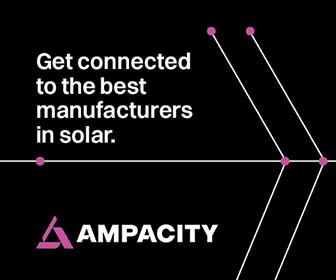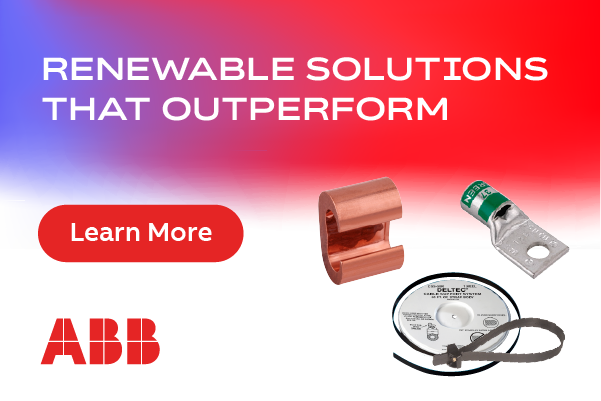Chilicon Power Self-Supply Mode Guarantees Zero Net Export to Grid
Chilicon Power has integrated self-supply mode into its grid-interactive inverter and monitoring system, allowing customers to match their local load without exceeding it.
Self-supply mode draws real-time power data from CT clamps to measure a building's net electrical production and consumption. Using Chilicon's CP-100 Cortex Gateway, customers can configure their system to continuously program Chilicon's microinverters to throttle production such that a net power target for the building is maintained. In the case that this target is set to a max of 0 Watts, the system will allow the PV microinverter array to match, but not exceed the building's load.
It's a technological solution to the manifold legal and billing rate complexities of maximizing ROI in a grid-interactive system, particularly in regions with high levels of PV saturation or relatively slow permission to operate timelines.
Changes in Net Energy Metering (NEM)
Chilicon's self-supply technology tackles the problem of changing NEM regulations. Under traditional NEM, excess energy is returned to the grid and the customer's account is credited. In this scenario, the customer pays for net consumption over and above the amount of electricity generated by their system.
What began as a sound initiative to incentivize renewables has, in some jurisdictions, become disallowed. In Hawaii, which generates up to 75% of energy from solar, it is increasingly difficult for a residential system to obtain a net meter permit. Instead 'Self-Supply' permits have become more common. A self-supply permit under HECO Rule 22 allows the system to match the local load, but not to export power to the utility grid.
When utilities companies finally close the door on export-generating grid-interactive energy sources, there is likely to be a self-consumption boom. In the meantime, solar customers are looking to technology to counteract diminishing NEM returns and increasing red tape.
Regulators in Hawaii require a solar permit which must be obtained before customers can operate self-supply. To qualify, the system and its manufacturer must be certified under HECO Rule 14H and Rule 22, legislation which is shaping solar policy across the U.S. market.
Chilicon's system components, including microinverters, the CP-100 Gateway, and Gen5 wireless energy meter, were granted Hawaiian Electric certification to operate self-supply mode in 2016.
Chilicon Power | chiliconpower.com









.png?r=8897)


